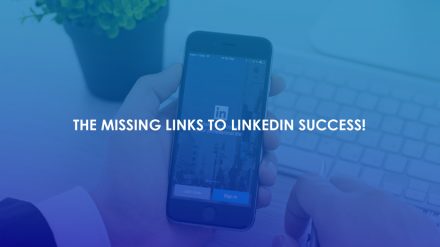
Producing educational content is an effective way to add value for your prospects and customers. Without being salesy, you can exert yourself as a thought leader and industry expert who is aware of your prospects’ biggest problems. According to an Entrepreneur article, “It’s about sharing your knowledge in a way that will help people to feel better, do their jobs better, live their lives better.” So, what is educational content?
Educational content informs rather than promotes; offers advice, whether big picture or step by step; and answers questions prospects may have. This type of content can include
- industry updates,
- problem-solving techniques,
- best practices,
- how-to guides,
- professional advice, or
- information on how your products or services work — and how to get the most out of them.
But before a prospect begins seeking out solutions, he or she must first be aware there is a problem. Oftentimes, this means educational content serves as a method for generating awareness and offering further insights. Take cybersecurity for example. Sure, IT providers have solutions for combatting cyberthreats. However, they need to relay the extent and severity of these threats first. Not only can this benefit IT service providers but it can also protect company leaders who may not have enough cyberprotection measures in place. In addition to generating awareness content, those providers can also distribute best practices for securing company infrastructure and so on.
Converting education into sales
Solution-based content can help company leaders nurture leads. According to a HubSpot article, “That’s because the product or service isn’t what makes a lead want to be your customer — it’s a solution to their problem that people care about. Your business is successful because it provides some solution, but if your campaigns seem to be flailing a bit, it may be because you haven’t applied that problem-solving principle to your marketing.” When it comes time for a prospect to take action, being top of mind and appearing helpful can play in your favor.
When creating content, it’s important for marketers to understand prospects’ basic information. Create a prospect profile to gain a better understanding of your target audience. Strive to not only understand their consumer preferences and benefits sought but also their demographics, psychographics, and other traits. Analyze prospects’ behavior to understand the problems they are facing and why they are seeking solutions. After establishing a prospect profile, it can be easier to address their problems and offer solutions through published content. Motivational speaker Pamela Wigglesworth recommends the following prospect considerations.
- Learn what motivates them, what their pain points are, and where they fit into their companies’ buying processes.
- Consider when they could get stuck in their buying processes.
- Help them move forward by providing solutions to their problems and answering their questions.
Listen to prospects’ needs and provide educational material that demonstrates your worth — as a thought leader in your industry and as an optimal solutions provider to their problems. B2B sales take time, and it’s your responsibility to exert your value and build trust. Educational content is a great way to generate brand awareness without being overly pushy. Good content can help move your prospects through the sales funnel so, when they are ready to buy, you’ve already gotten a head start on proving yourself as a viable solutions provider.





